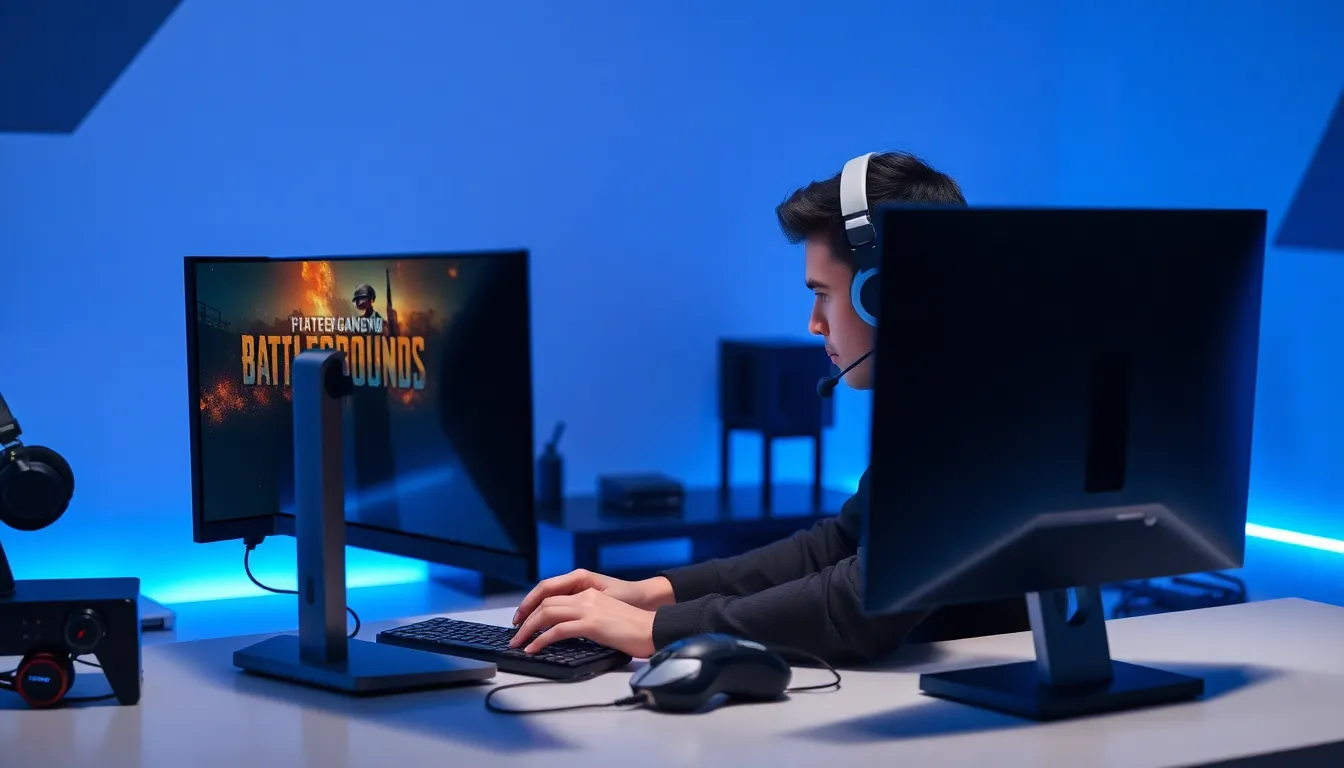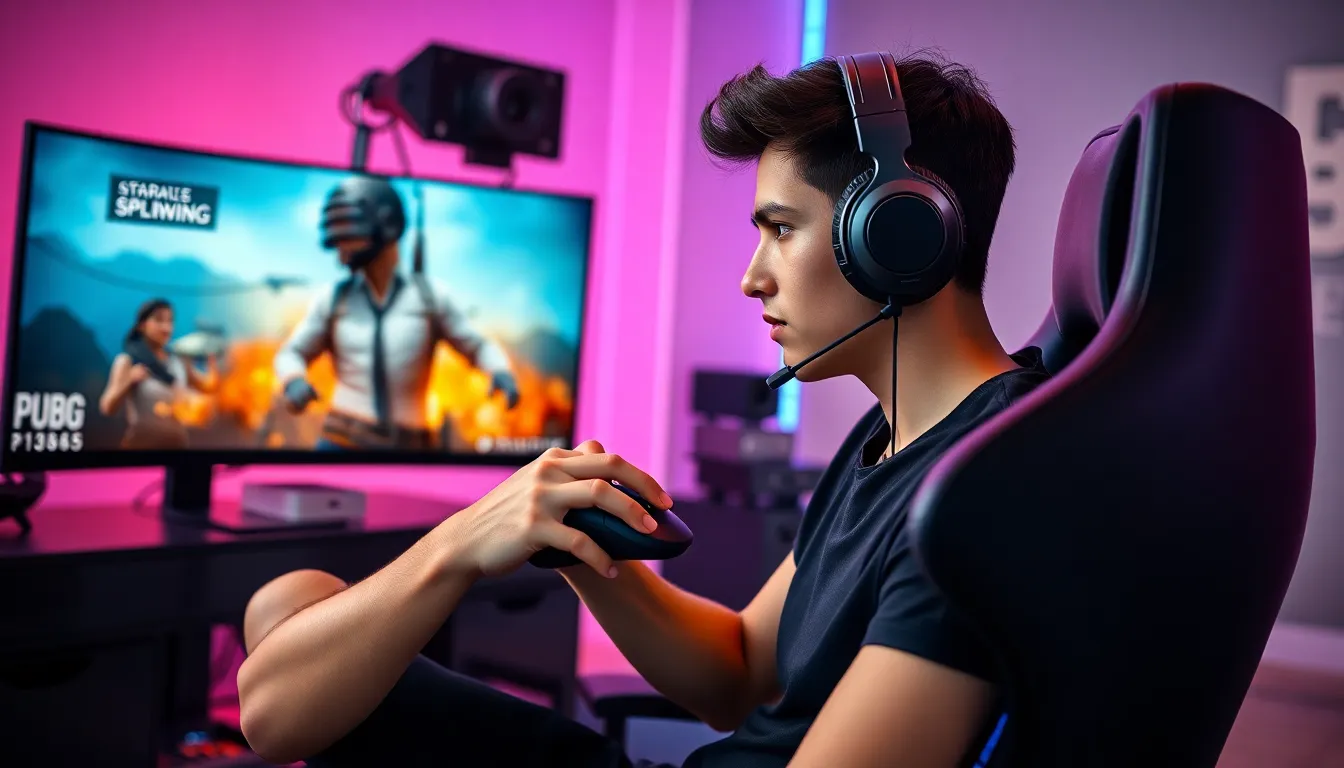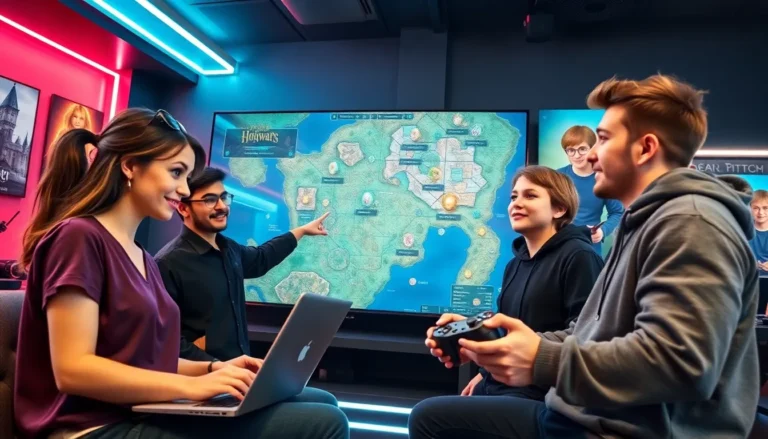In the thrilling battlegrounds of PUBG, pinpoint accuracy can mean the difference between victory and an early exit. Enter aim acceleration, a feature that could transform how players handle their weapons. While some brush it off as just another gaming jargon, understanding aim acceleration might just elevate a player’s experience from novice to pro. Let’s jump into the depths of aim acceleration, where clarity meets strategy, with a dash of fun, as we explore its secrets. Get ready to aim confidently.
Table of Contents
ToggleUnderstanding Aim Acceleration

Aim acceleration is a dynamic setting that alters a player’s cursor speed based on how swiftly they move their mouse or joystick. Unlike fixed sensitivity, which maintains a consistent speed regardless of movement, aim acceleration adjusts how quickly your character aims depending on your input speed.
How Aim Acceleration Works
When you flick your mouse quickly, aim acceleration ramps up the speed of your crosshair, allowing for rapid adjustments in your aim. Conversely, small, deliberate movements won’t get the same boost, letting precision shots slip right into your fingers. This feature generally relies on two variables: the speed of your input and a predetermined acceleration rate. It’s essential to find a balance that meshes well with your play style.
The Difference Between Aim Acceleration and Sensitivity
Many players confuse aim acceleration with sensitivity settings, but they serve distinct purposes. Sensitivity settings control how far your crosshair moves in relation to your physical input. Essentially, the higher the sensitivity, the further your crosshair moves with less physical input.
On the flip side, aim acceleration modifies that relationship based on how quickly you’re flicking or moving your mouse. If a player has high sensitivity but no aim acceleration, a fast flick might overshoot targets. Alternatively, lower sensitivity with aim acceleration can fine-tune rapid movements without sacrificing accuracy.
Why Aim Acceleration Matters in PUBG
In the fast-paced world of PUBG, understanding aim acceleration can give players that much-needed edge. Having control over aim means decisions can happen at lightning speed, whether popping off an enemy in a sudden encounter or lining up a long-range shot. A well-adjusted aim acceleration can drastically reduce response times, leading to more enemies taken down.
Adjusting Aim Acceleration Settings
To find the right setup, one approach involves starting with standard settings, then gradually tweaking the aim acceleration until it feels just right. Knowing when and how to make those adjustments can be the difference between life and death in the game.
Best Practices for Configuring Aim Acceleration
Getting aim acceleration just right can feel like a personal quest, but following some best practices can simplify the journey. A good starting place is to familiarize oneself with the default settings: from there, small adjustments can lead to remarkable improvements.
Checking various angles and distances creates a foundation to discover what works best. Players often find that tuning aim acceleration in combination with their sensitivity settings leads to optimal control. Don’t forget to test and adjust on the fly: what feels good in practice might change during intense bouts.
Common Misconceptions About Aim Acceleration
Even though its advantages, aim acceleration often gets surrounded by misconceptions. Some believe it’s a crutch for players unable to achieve pinpoint accuracy through sensitivity alone. Others perceive it as unnecessary, claiming it complicates a straightforward aiming process.
In reality, using aim acceleration can enhance a player’s skill set. It offers greater flexibility, allowing players to adapt their aim speed based on tactical needs. Understanding how to use it appropriately can elevate gameplay and combat effectiveness.





